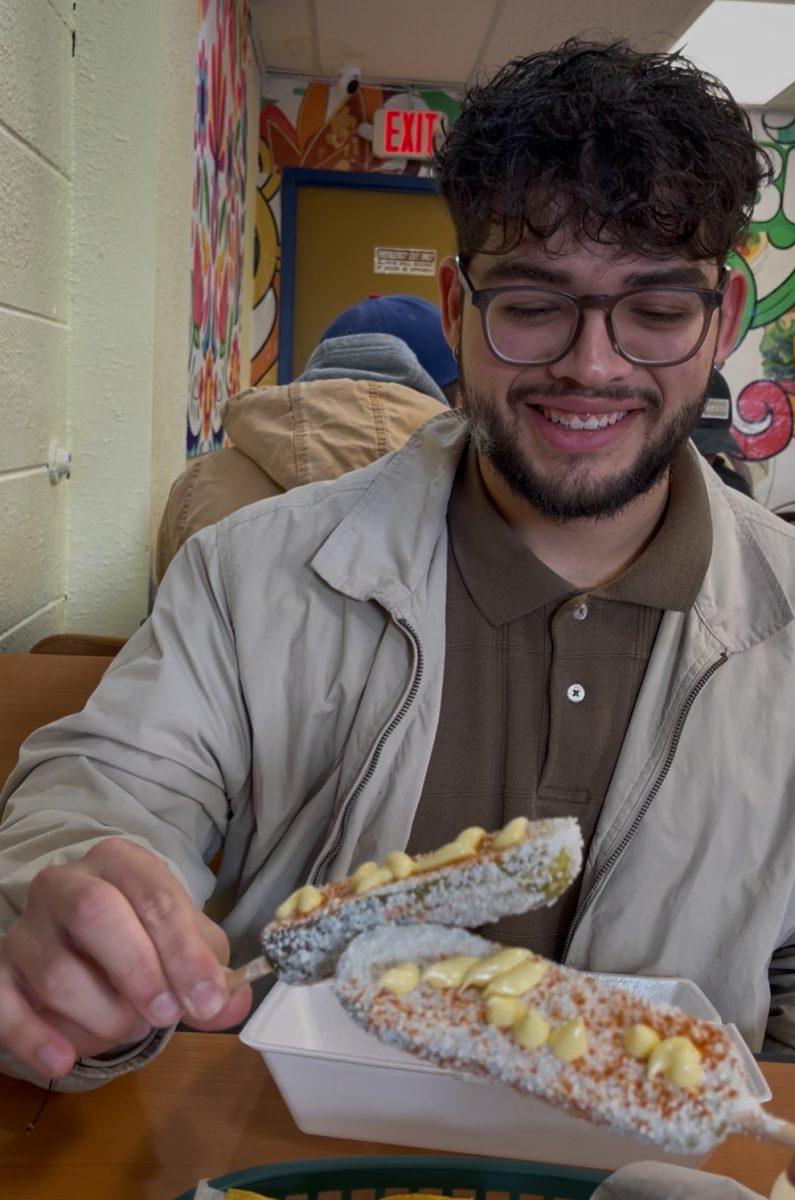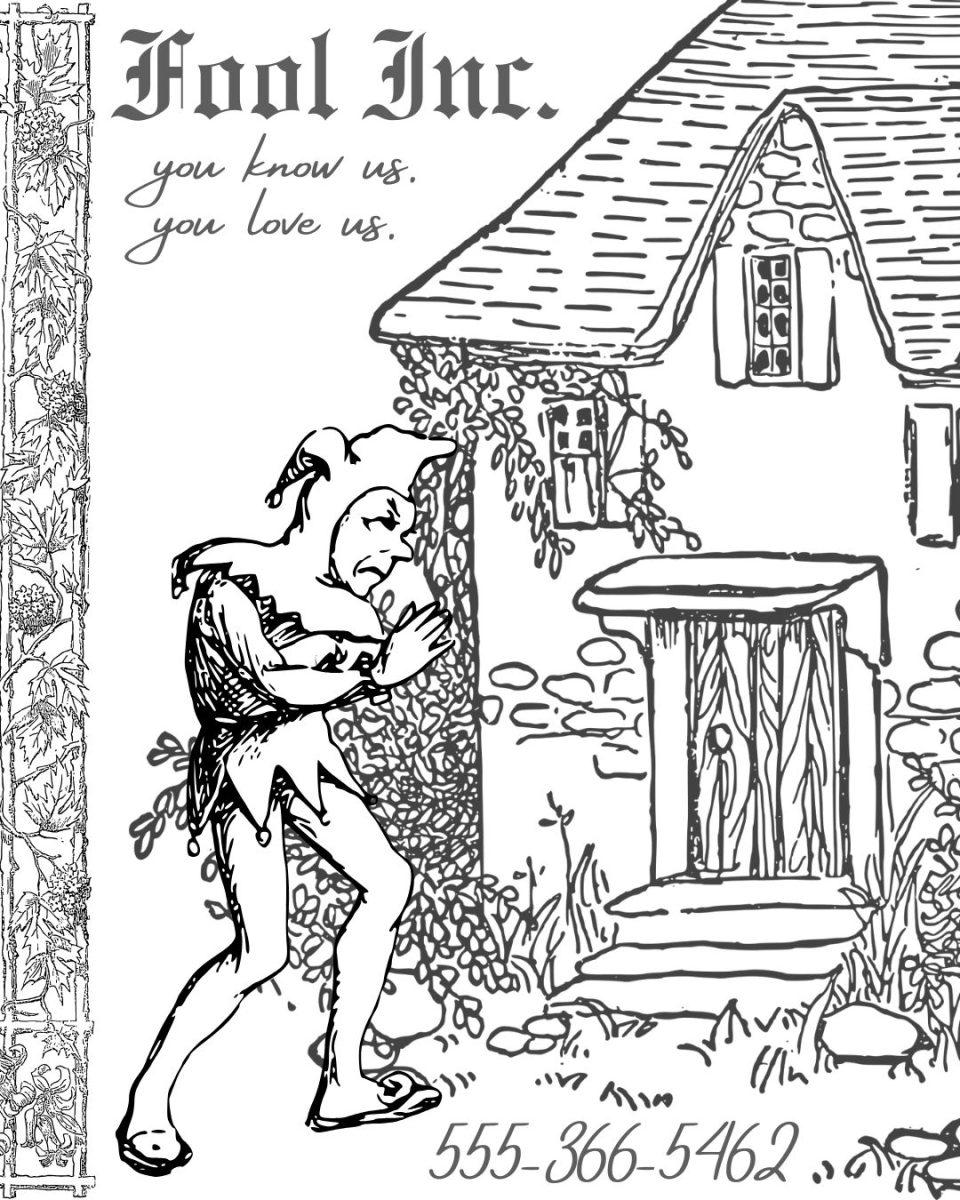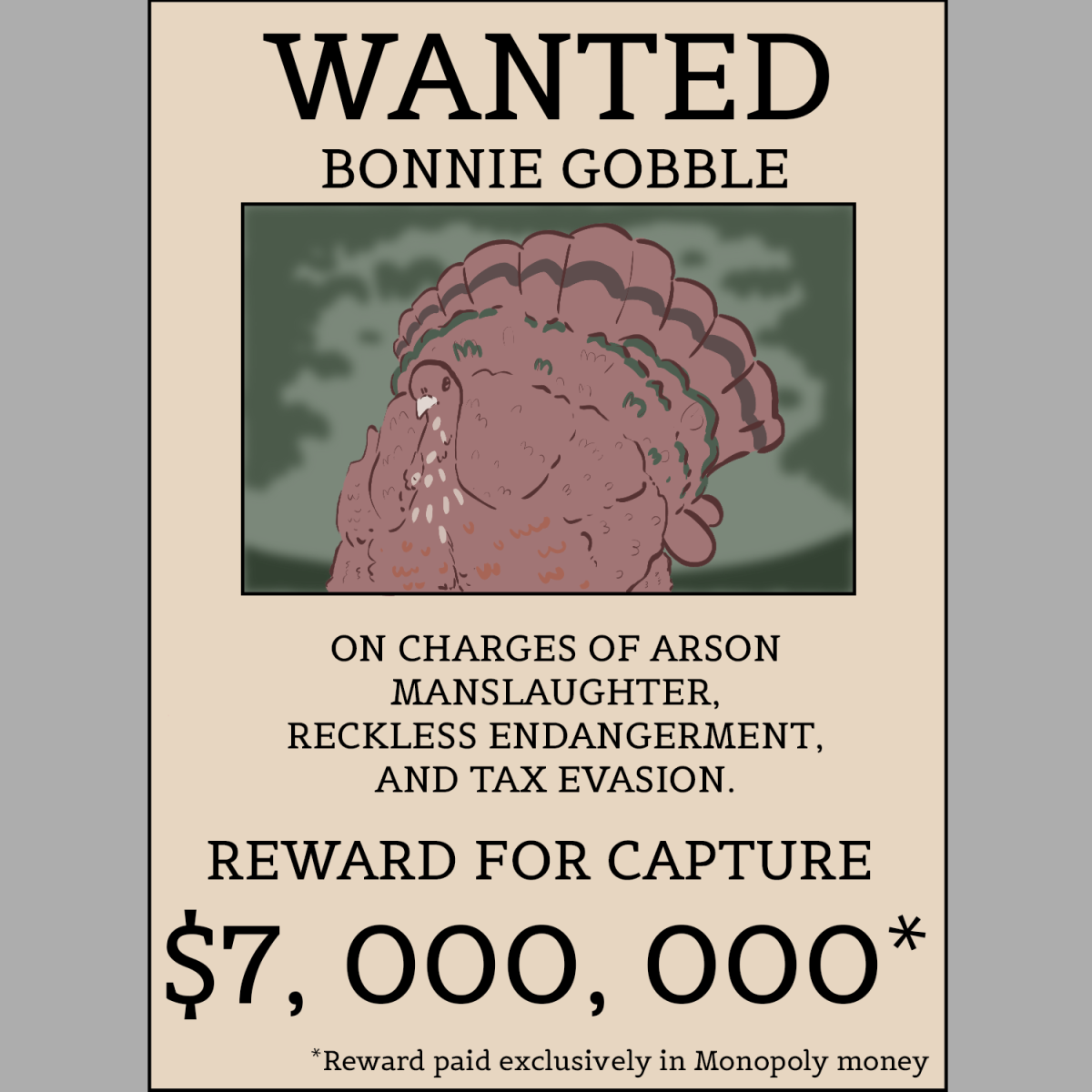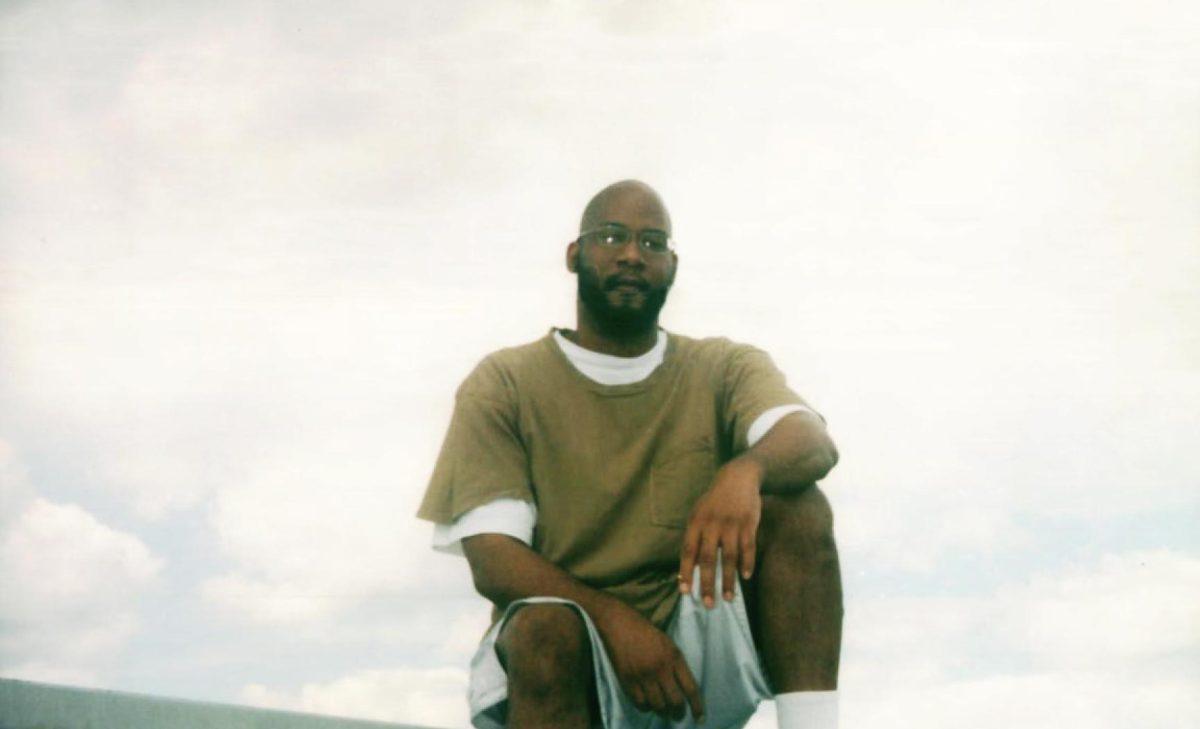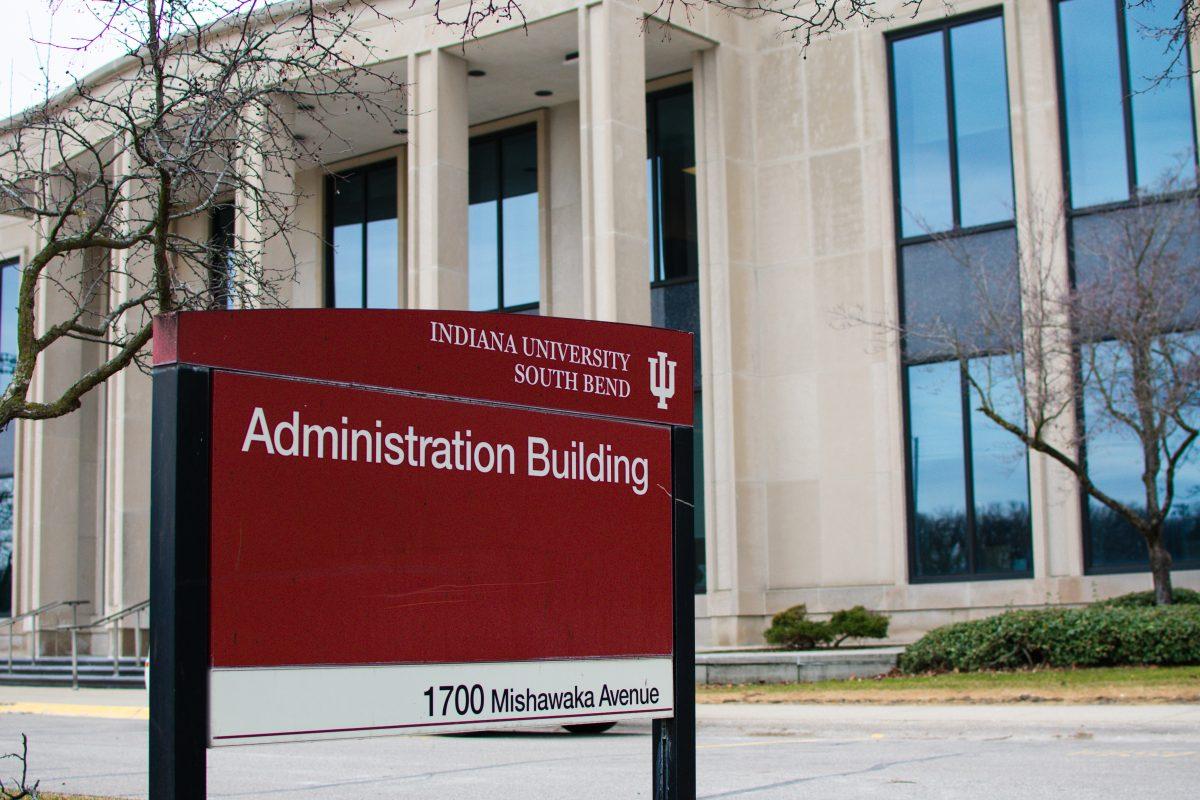Photo // via Innocence Project, courtesy of Williams’ legal team
Marcellus Williams was executed in Missouri on Sept. 24 after widespread protest and evidence of his innocence.
Opinion: In the wake of an innocent man’s execution, it’s time to abolish the death penalty
By: Mira Costello
Editor-in-Chief
Marcellus Khaliifah Williams was executed in Missouri on Sept. 24. He was 55.
No forensic evidence matched him – not hair, not footprints, not fingerprints, not DNA on the murder weapon – but he was executed.
Against the wishes of the victim’s family, despite documented evidence of racial bias in St. Louis County courts and in light of a stay of execution from a previous governor, he was executed.
In a case based on the inconsistent, nonspecific testimony of incentivized witnesses, he was executed.
Although Williams lived most of his life in Missouri, multiple news outlets have reported that he was born here in South Bend. We shouldn’t need this information – it shouldn’t make him more human to us – but I hope it gives you pause.
Two days later, Alan Miller became the 1600th person to be executed since 1976, when the Supreme Court ruled that the death penalty is constitutional. He was executed by nitrogen hypoxia: a mask was fitted to his face, and he breathed in pure nitrogen gas until his body was so deprived of oxygen that he suffocated to death.
Although most executions are currently committed by lethal injection, as in Williams’ case, nitrogen hypoxia is gaining traction. The Attorney General of Alabama, the state pioneering the method, said it is “reliable and humane.”
Jeff Hood, spiritual adviser to Kenneth Smith – the first inmate executed by nitrogen hypoxia – disagreed in a column for USA Today. Hood recalls how Smith convulsed with movements that were “visceral and violent,” his eyeballs bulging and his face red. The process took minutes.
Still, Nebraska, Ohio and Louisiana legislatures have introduced bills that would allow them to use this execution method.
Although execution by suffocation is particularly barbaric, there is nothing about lethal injection that is “humane.” In capital punishment, we are permanently seeking a more humane way to kill people, developing new technologies to provide the illusion of ethical advancement, of moral preeminence. This violent spiral should lead us to one conclusion: there is no humane way to end a human life.
In the 1790s, people were executed by guillotine in France. In the 1800s, we hanged people. In 1890, we decided the electric chair was more humane. In 1924, cyanide gas became a more appealing alternative. In 1977, lethal injection came into favor. It may seem obvious now that no one should be executed by beheading, crucifixion, boiling, drawing and quartering, stoning or any of the other torturous execution methods of past eras.
However, this should leave us with a question: what really makes lethal injection different from any of those systems?
Is it that it’s “painless”? “Quick”? Is it because we don’t see blood or hear screams, or because the executioner hardly has to touch the person?
According to the Death Penalty Information Center, over 7% of lethal injections are botched, higher than the rate for any other execution method. A botched case is any that departs from protocol. While this might mean only a slight error, it more often means painstakingly long and painful executions, some lasting more than an hour between injection and death.
Even when lethal injection goes “right”, there are grave ethical concerns. In Indiana, the most recently used lethal injection was the three-drug protocol, which contains an anesthetic, a paralytic and a third drug that stops the heart. Critics argue that this method may appear humane or peaceful because the inmate does not move; more accurately, though, they cannot move. They are paralyzed, and they may experience sensations of choking, drowning and burning.
Supreme Court Justice Sonia Sotomayor, in a dissent for an Oklahoma case, said lethal injection “may well be the chemical equivalent of being burned at the stake.”
Most inmates spend over ten years in prison before execution. According to the Death Penalty Information Center, over half of death row inmates have been there for over 18 years. Marcellus Williams lived his last 23 years on death row – nearly two thirds of his adult life.
So, what is left?
The death penalty is not humane.
It doesn’t “clear space” in prisons.
Studies show it’s more expensive to taxpayers than life-without-parole sentences.
It has nearly killed dozens of innocent, since-exonerated people.
But…an eye for an eye?
The United States is decades late in joining over 110 countries that have completely abolished the death penalty. A society cannot survive on revenge and violence. It is our job to make the future one of restorative justice and humanity.


